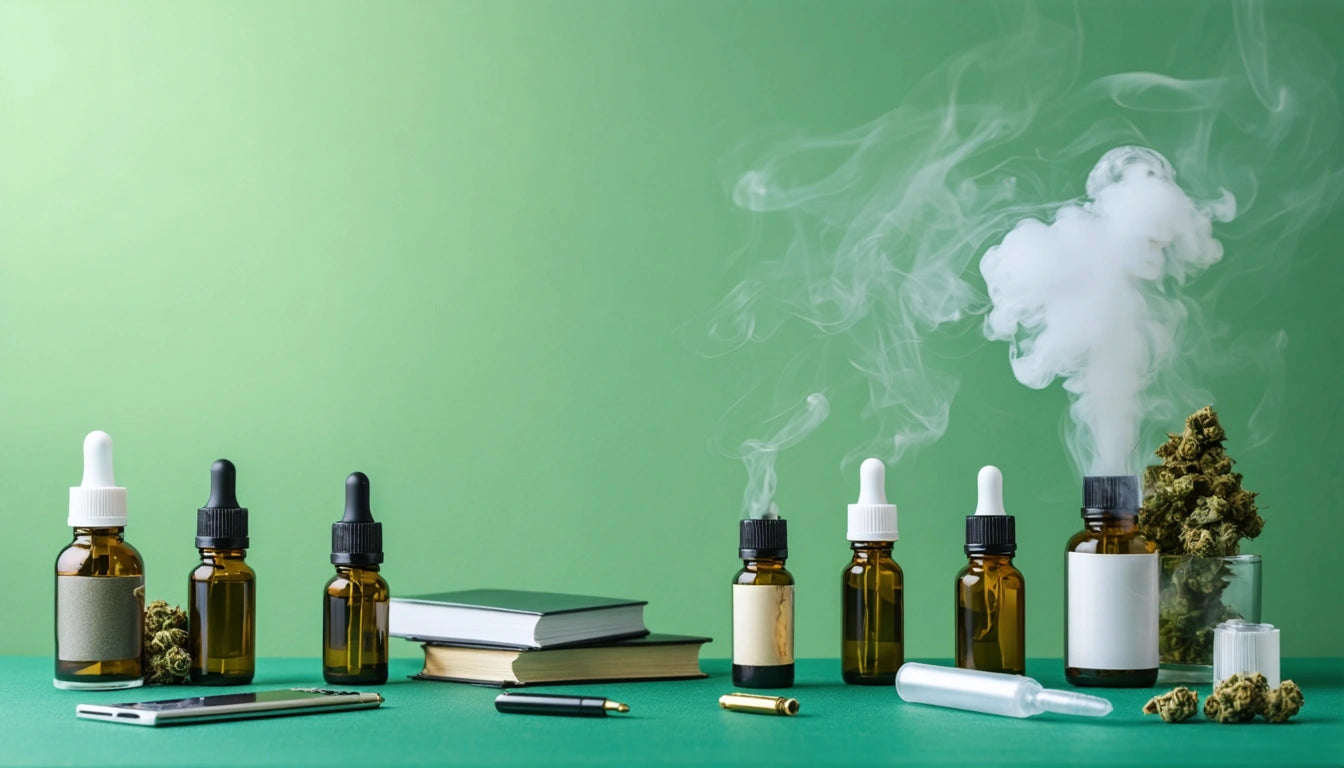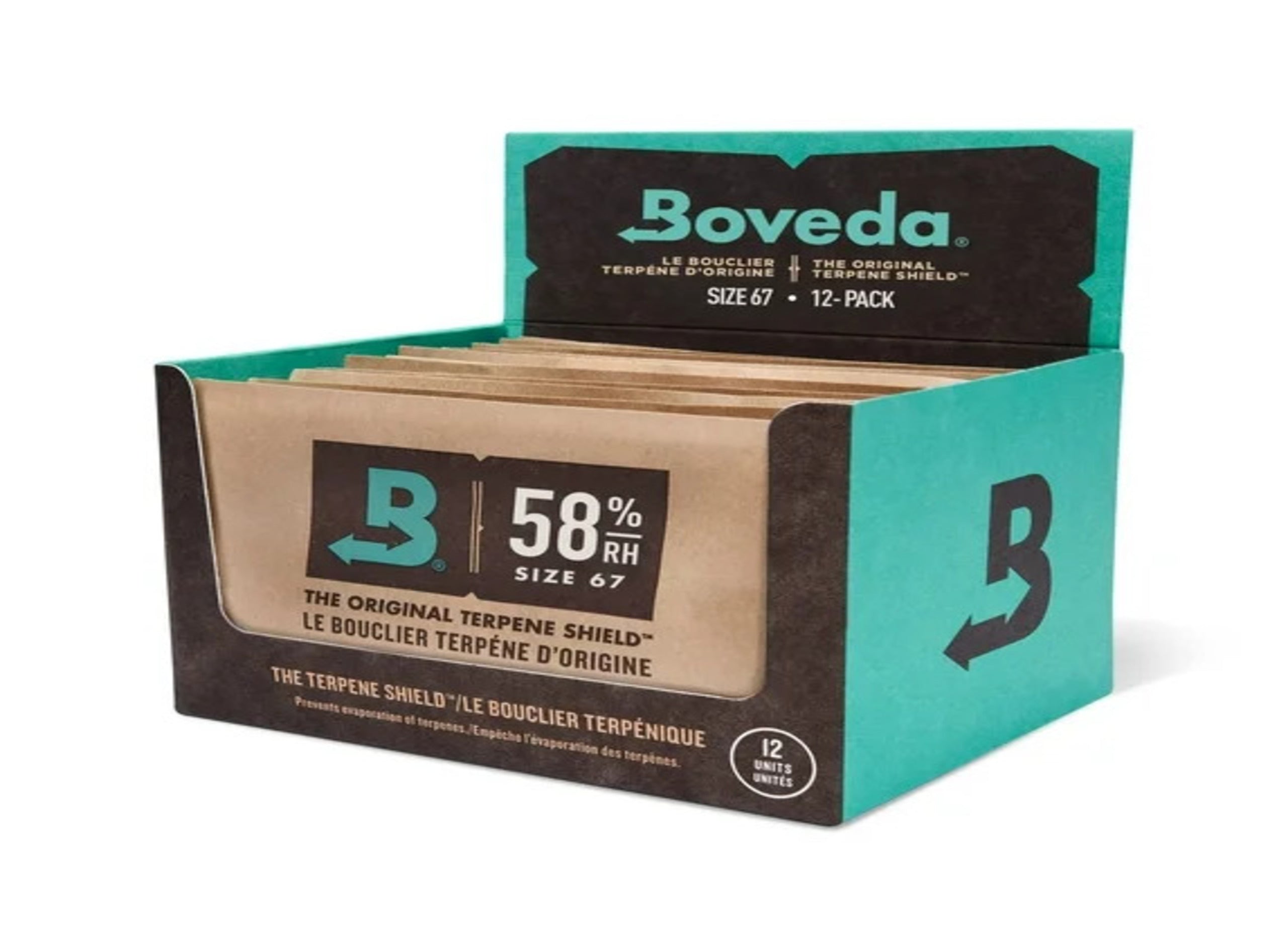Color-Changing Packaging: Trend or Gimmick?
As brands compete for consumer attention, color-changing packaging has emerged as an eye-catching innovation in the retail space. This dynamic packaging technology shifts colors in response to temperature, UV exposure, or touch, creating an interactive experience that can differentiate products on crowded shelves. But the question remains: is this a lasting packaging trend with genuine utility or simply a short-lived marketing gimmick?
Understanding Color-Changing Packaging
Color-changing packaging utilizes thermochromic inks, photochromic pigments, or hydrochromic coatings to create visual transformations under specific conditions. These technologies can indicate temperature changes, verify authenticity, or simply create engaging consumer experiences. The technology has evolved significantly from the novelty mood rings of decades past to sophisticated applications in food safety, beverage cooling indicators, and brand storytelling.
Types of Color-Changing Technologies
- Thermochromic: Changes color with temperature variations
- Photochromic: Reacts to UV light exposure
- Hydrochromic: Transforms when exposed to moisture
- Touch-activated: Changes appearance when handled
According to our analysis of color-changing packaging, these interactive elements can create memorable unboxing experiences that enhance brand recall and social sharing potential.
Consumer Psychology and Market Response
The appeal of color-changing packaging taps into fundamental consumer psychology. Interactive elements trigger curiosity and create a sense of discovery that standard packaging cannot match. This engagement factor is particularly effective with younger demographics who value experiences and shareability.
Color psychology already plays a significant role in consumer decision-making. As explored in our analysis of the sunset gradient trend, strategic color choices can boost sales by creating emotional connections. Color-changing technology amplifies this effect by adding an element of surprise and interaction.
Implementation Challenges and Costs
Despite its appeal, color-changing packaging faces significant implementation hurdles. The specialized inks and pigments increase production costs substantially, often 30-50% higher than conventional printing. This cost premium must be justified by measurable returns in brand awareness, customer engagement, or price positioning.
Additionally, durability concerns exist. Some thermochromic inks degrade after repeated temperature cycles, potentially compromising the very feature that makes the packaging special. Brands must consider the entire supply chain, including how these packages will perform under various storage and transportation conditions.
When implementing innovative packaging features, functionality cannot be compromised. For example, while exploring creative design elements, cannabis brands must ensure that properly functioning child-resistant closures remain the priority, balancing visual appeal with essential safety requirements.
Practical Applications in Cannabis
In the cannabis industry, color-changing packaging offers several practical applications beyond mere novelty:
Temperature Indication
For temperature-sensitive products like live resin or certain edibles, thermochromic indicators can help consumers know when products have reached optimal consumption temperature or warn when products have been exposed to damaging heat.
Freshness Monitoring
Packaging that changes color as it ages can indicate product freshness, helping consumers identify older inventory and encouraging timely consumption of perishable cannabis products.
Authentication Features
With counterfeit products being a significant concern, color-changing elements can serve as difficult-to-replicate authentication features, similar to security elements on currency.
These functional applications may justify the additional cost by adding tangible value rather than just visual appeal. As discussed in our exploration of overlooked packaging elements, functional innovations often have more staying power than purely aesthetic ones.
Balancing Innovation with Lasting Value
The distinction between trend and gimmick ultimately lies in longevity and purpose. Color-changing packaging that serves a functional purpose, such as indicating product freshness or optimal consumption temperature, offers lasting value that transcends novelty. Conversely, implementations that serve no practical purpose beyond initial surprise may quickly fade as consumers become desensitized.
Successful implementation requires integration with broader brand strategy. As explored in our analysis of biophilic design, packaging innovations resonate most when they align with brand values and consumer expectations.
For cannabis brands considering color-changing packaging, the technology should be evaluated against specific objectives rather than adopted simply because it's novel. When properly implemented as part of a cohesive strategy that includes other design elements like strategic finish selection and thoughtful structural design, color-changing features can transcend gimmickry to become meaningful brand assets.











Leave a comment
All comments are moderated before being published.
This site is protected by hCaptcha and the hCaptcha Privacy Policy and Terms of Service apply.